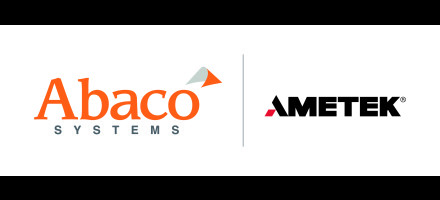April 12, 2017
Electronic warfare (EW), the use of the electromagnetic spectrum to foil enemy forces and protect friendly ones, is perhaps the most time-sensitive of all the weapons in the military arsenal: a matter of nanoseconds could make the difference between life and death. That's why latency is so critical to EW processing systems. If a radar-guided missile is heading for your aircraft at Mach 5, the aircraft's radar jammer had better be quick - quick to take in the signal, manipulate it, and retransmit it to fool the adversary with false targets or misleading data on size, distance, heading, speed. Digital RF memories (DRFMs), the specialized RF jammers that do just that, require receive-response latencies of 20 to 100 nanoseconds. Compared to radars - which transmit pulses and receive echoes - DRFMs - which receive pulses and retransmit the signals modulated with jamming techniques - have much more stringent latency requirements.

